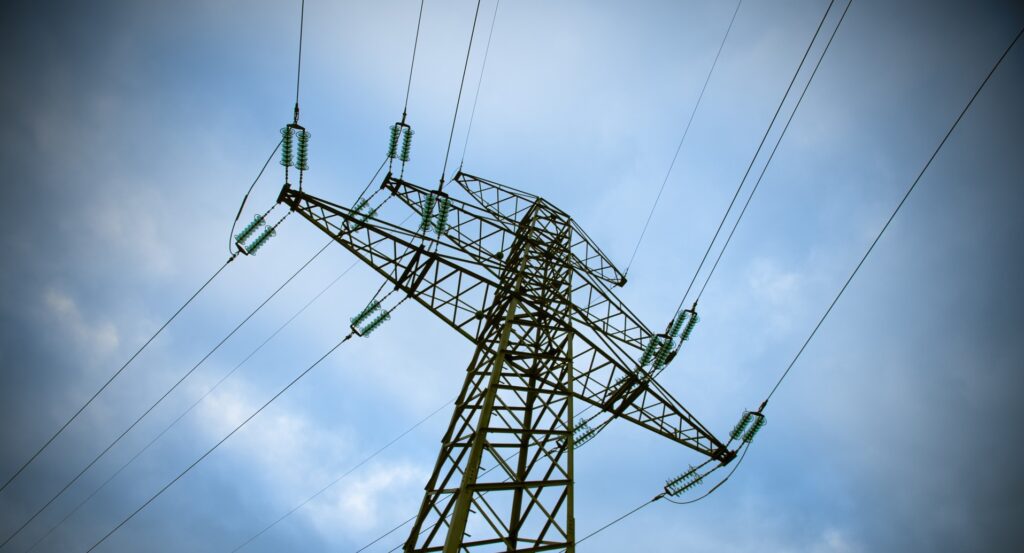If your business is based in far North Queensland, it may be worth checking to see if your obsolete business network tariffs have been replaced with an Ergon demand-based tariff.
Network tariffs make up a significant portion of any electricity bill, accounting for between 30 and 60 percent of the total cost.
What are network tariffs?

Network tariffs are the charges loaded onto bills for the transmission of electricity through the grid to the end point where it is used.
Australia has one of the longest and remote electricity grids in the world.
Far North Queensland is hit with the double insularity effect because the costs of providing electricity to such far remote areas are so high and electricity users bear the brunt of that cost.
Network operators are, in effect, monopolies, and the case is all the more so in rural north Queensland.
The Australian Energy Regulator generally requires network operators to apply for revenue allowances (generally every five years) for the next five-year period.
The allowance will generally equal the network business forecasts plus their operating margin.
What has changed? What are cost-reflective network tariffs?
In 2014, the Australian Energy Market Commission introduced a new rule that pushed for a transition to cost-reflective pricing.
In simple terms, cost-reflective network tariffs are calculated on a cause-and-effect principle. This means that users who are creating costs in the system should pay for those costs.
A very simple example could be an aluminium smelter that is hundreds of kilometres away from the nearest generation plant or substation.
Such a situation would mean that the end-user would have massive peak demand, requiring huge volumes of electricity to be transmitted over a long distance, resulting in significant leakage of electricity.
Operators including Ergon have moved away from the traditional usage formula (kilowatt per hour) to peak demand charges to reflect this new reality.
So what is an Ergon demand-based tariff?
Demand-based charges are calculated over a month. The charges are applied for demand recorded at a connection point in $/kVA/month or $/kW/month.
They are applied to the maximum half-hourly kW (or kVA for large customers) power reading which registers at the connection point.
In reality, if your business has been shifted onto a demand-based Ergon tariff, you are more than likely going to face some hefty price increases.
We can add some graphs here: We really want to highlight that businesses with a peaky demand profile (like a manufacturer) will get hit hard when moving to a demand tariff.
Large Manufacturer
Source: Leading Edge Energy data
Small Manufacturer
Source: Leading Edge Energy data
How simple is it to work out why my business has been put on a particular tariff?
The short answer is that it is not at all simple. At the bare minimum, businesses are assigned to a network tariff bracket based on the following criteria:
| Location: | This determines which network a customer is on. |
| Customer/User type: | Residential, Small business (SME), Large business (C&I). |
| Voltage: | High (HV) or Low (LV) |
| Peak demand: | The maximum capacity that the network will need to provide during a time period. |
Ergon has many variables that it applies when assigning a business to a particular tariff. The process is complicated and just like an accountant can help you file your taxes correctly, an energy broker can hone in on the right tariff to match your business needs.
What can Ergon customers do to manage risk?
The energy market can be a minefield to navigate, but some things can be done to reduce your energy costs.
Move to a contract on the wholesale futures market
The most cost-rewarding action that can be taken is to move to a market contract. If your business uses in excess of 100,000kWh per annum, you can sign a market contract with an alternative retailer.
Leading Edge Energy can help identify an advantageous time for your business to purchase electricity in advance, for a fixed cost and a fixed period of time.
This means no bill shock, and being able to budget for those costs on a month-by-month and year-by-year basis.
Has your Queensland business experienced network tariff bill shock?
If you think your business has experienced bill shock in Far North Queensland under an Ergon retail plan, get in touch with us today for an obligation-free consultation.
We are here to help. We can quickly identify whether your business is eligible to go to tender for an advantageous electricity market contract.
If you want to learn more about the National Electricity Market, you can also use our free suite of analysis tools.
We’re here to help. Chat with us today about how we can help you manage energy price risk and save money for your business.
Call us at 1300-852-770 or drop us an email at info@leadingedgeenergy.com.au for an obligation-free consultation on how we can help manage your electricity procurement.
We source, analyse, compare and rank commercial, industrial and multisite energy quotes. Obligation Free.
Chat with one of our experienced consultants today and get the insights your business needs to help manage the risks associated with volatile electricity and natural gas markets. Our energy procurement service is obligation-free and provides a time-saving way of securing lower energy rates from our panel of energy retailers.







